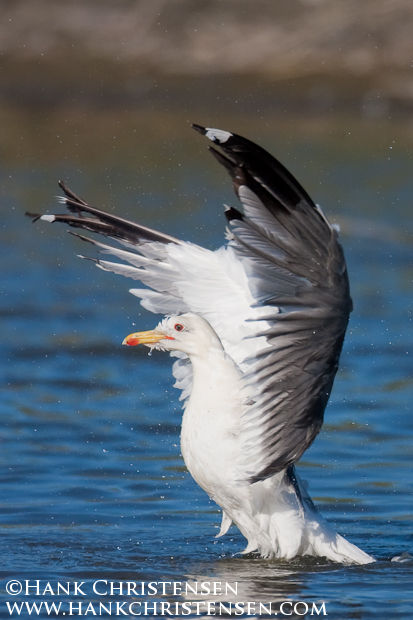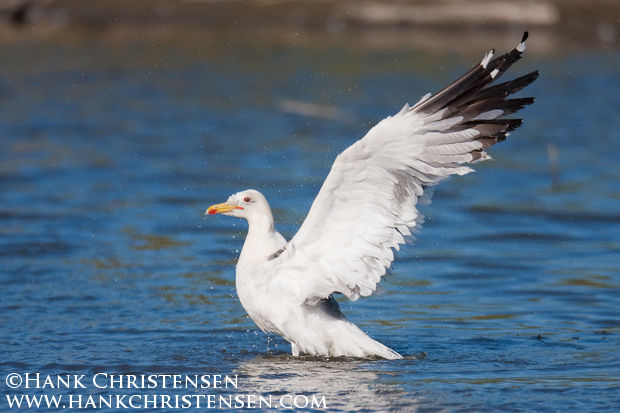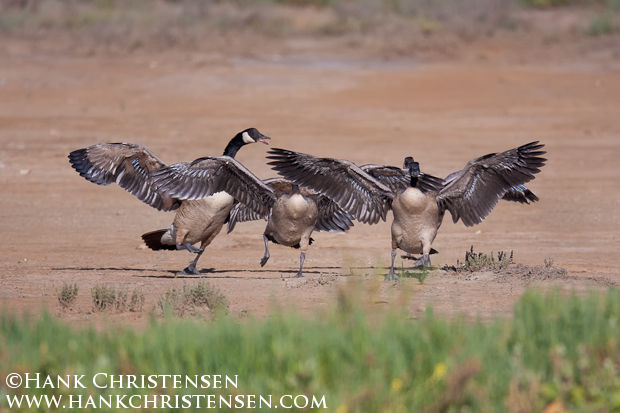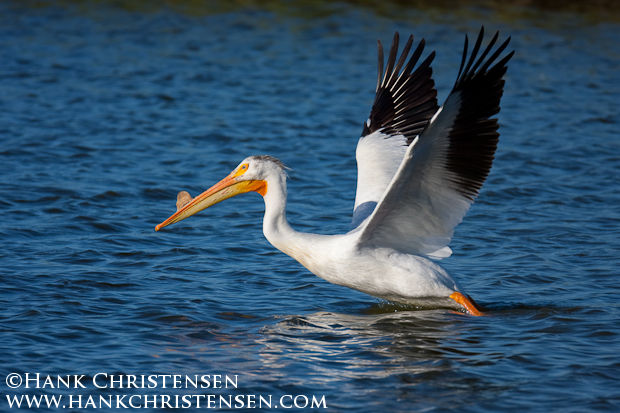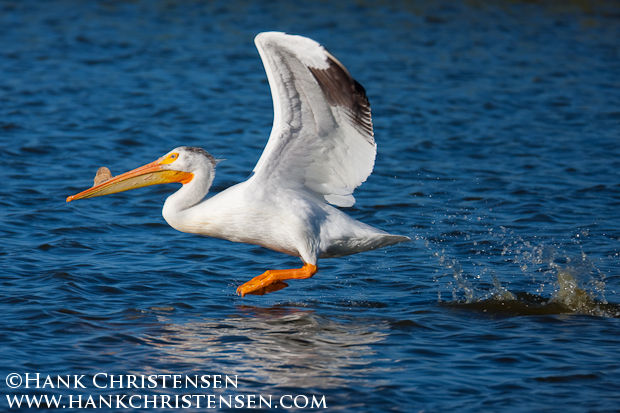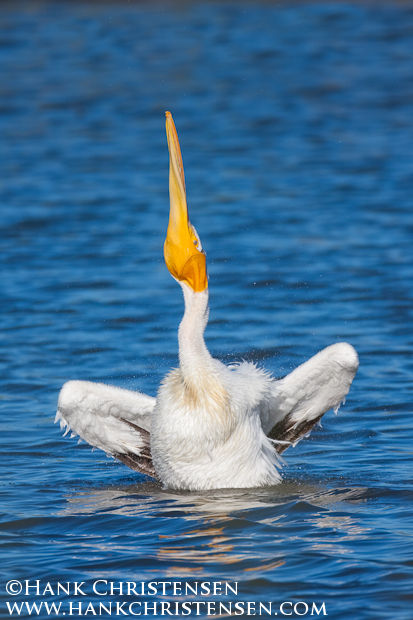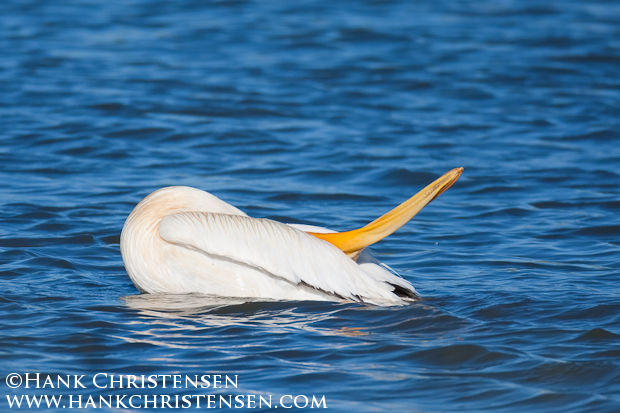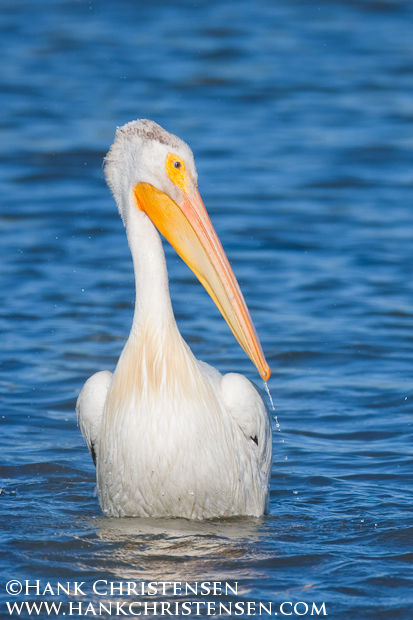
It has been a very busy (and sleepless) couple of weeks for me, as I’ve been trying to keep up with watching the Tour de France while keeping up with my current work load. That translates to earlier mornings and later nights! I’ve been busily processing photos from a recent trip to Oregon, and I’ll have some of those shots posted soon. For now, please enjoy a couple of adolescent Canada goose photos from before the trip.
These goose siblings were lined up behind a long puddle, taking a break from gorging themselves on grass to drink. In the photo below you can see one of the parents looming in the background. To drink, they would sip water to fill their beaks, and then tilt their head backward to let the water run down their throats.
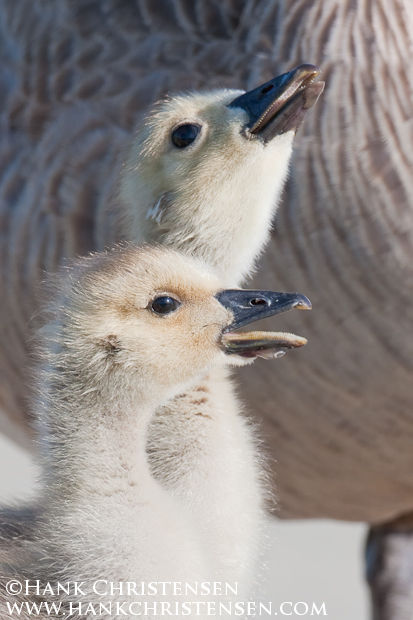
In both of these photos, I stopped down the aperture to f/9 in order to get a bigger depth of field. I knew this was needed to have any chance of catching both geese in focus. In the first photo, the difference in distance from the focal plane was greater than the second photo, throwing the sibling farther from the camera into soft focus. The photo still succeeds however, as the closer sibling is in sharp focus. At least the second goose is easily distinguishable here – if I had gone with a larger aperture, the second goose would have been blurred away into the background.

